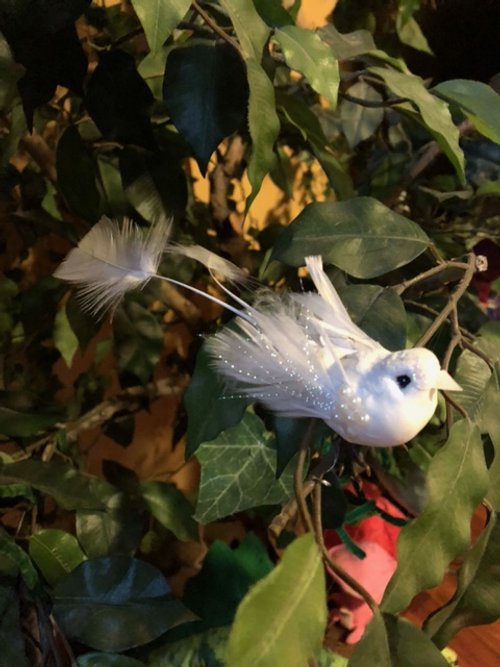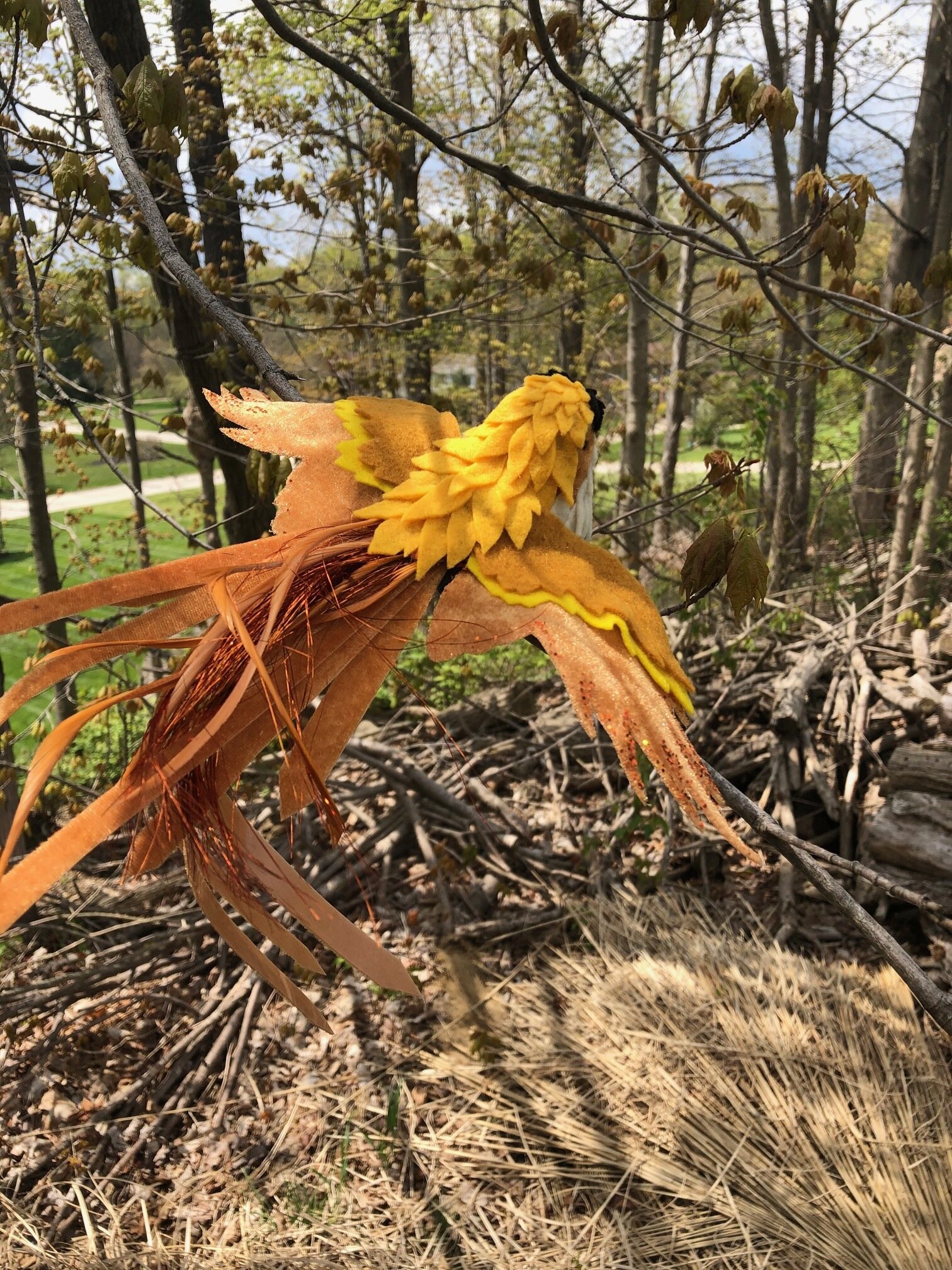Caladrius
Michael MacWolff
Cryptologic Name: Passeridia asthentroia
Planar Origin: Caelum
Habitat: Various
Diet: Manavorous
Appearance & Morphology
The caladrius is a small, white bird with long, tufted tail feathers. They are about the size of wrens, averaging about 15cm from beak to the tips of their long tail feathers. Many of their wing feathers have a pearly or iridescent sheen to them, making the caladrius appear vibrant and colorful in the right light.
Magical Abilities and Behavior
Caladrius are disease-eaters, surviving by absorbing specific pathogens from a variety of plant and animal hosts. Each individual only has a limited range of maladies which it can consume, most of which are closely related. As such these birds are not the miraculous cure-alls that early mages had hoped when they discovered their talents.
The caladrius is incredibly selective when it comes to consuming pathogens, evidently because its appetite is quite insubstantial. These birds will normally only eat about once a month before migrating great distances around the Earth. Unfortunately this makes them an ill-effective measure against large outbreaks of disease, even if there is a caladrius in the area who can consume the specific pathogens present, as it will only absorb the illness from one, perhaps two individuals before moving on. It is unclear why they have such a limited appetite, particularly when they travel so far between feedings. It is likely that a more complicated magical process is going on when they “eat” these diseases than what we can easily observe.
Field Notes
Very few of these amazing birds have ever been successfully raised or kept in captivity. They appear to have an intrinsic wanderlust that causes them great distress when they are confined to more limited spaces. As such most will become ill or even die if they don’t have sufficient space to roam; it would require a massive birdcage to keep one of these creatures both contained and content.
OOC Corner
The caladrius comes from roman mythology and appears in medieval bestiaries.






